Back in the spring of 2002, spirits in Maranello were especially high. The German boy wonder Michael Schumacher had helped to return Ferrari to winning ways, clinching the Scuderia the 1999, 2000 and 2001 Formula 1 Constructors’ World Championships. Furthermore, he was well on his way to securing the team its fourth consecutive title, and in record time.
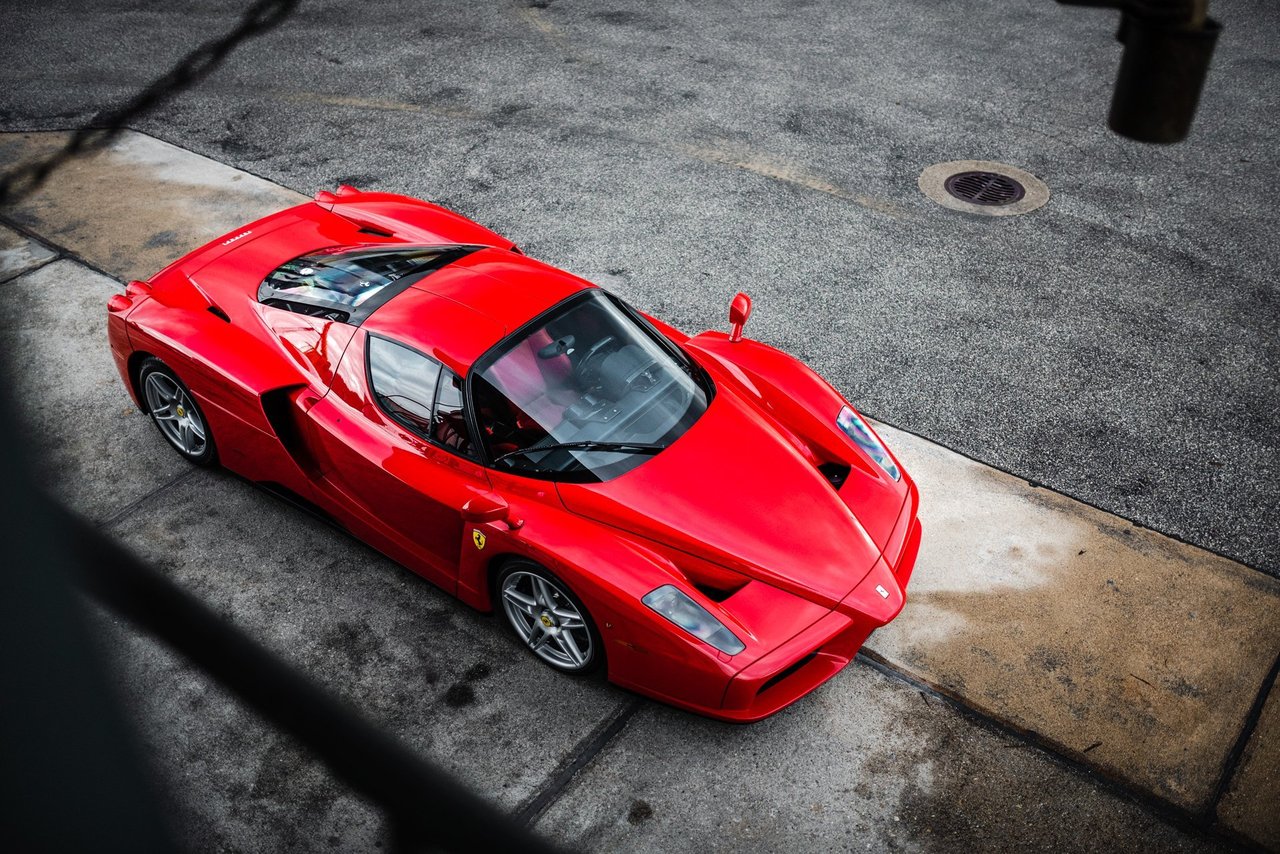

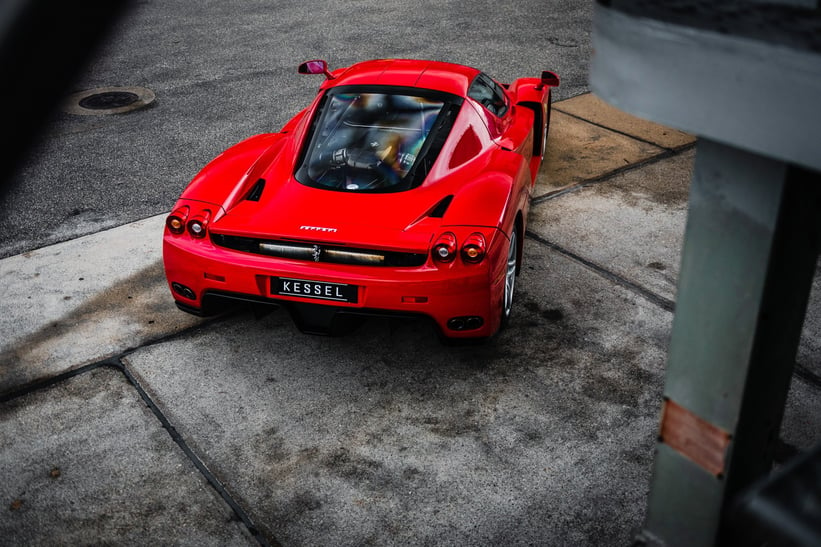
The illustrious Italian marque was also poised to reveal its new limited production ‘halo’ supercar, the latest in a short but deliciously sweet line that comprised the 288 GTO, F40 and F50. During a private presentation at the famous Fiorano test track on 27 June, Ferrari head honchos Luca di Montezemolo, Jean Todt, Amedeo Felisa and Piero Ferrari proudly unveiled the mid-engined V12 flagship, internally codenamed the FX but logically referred to by journalists as the F60.
The sensational scarlet spaceship beneath the corresponding red silk sheet went by neither of those names. It was in fact christened the ‘Enzo Ferrari’, after the company’s hallowed founder. This was far more than a gimmicky marketing ploy, however. Il Commendatore always clung to his motorsport heritage, believing that racing cars should lay the foundations of his road car designs. And nowhere was this more evident than the 220mph Enzo, a car that embodied the spirit, looks and much of the technology developed for the marque’s formidable Formula 1 machines.

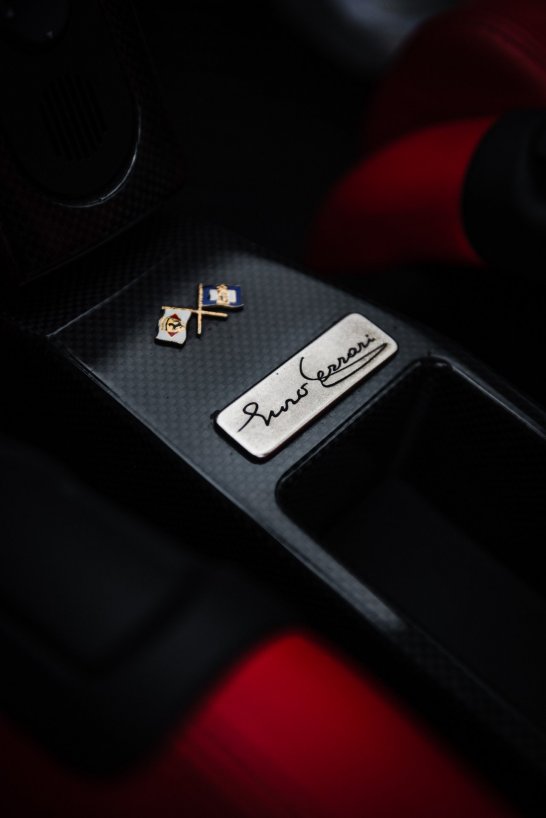
“Formula 1 has never offered our company such a genuine laboratory for advanced research as it has in recent years,” Montezemolo claimed at the presentation. And with an aerodynamically optimised carbon-fibre body, paddle-operated automated-shift sequential gearbox, carbon-ceramic brakes and a suite of cutting-edge electronic software designed to help the driver tame all 660 horses developed by the ultra-light 6.0-litre V12, the Enzo certainly bolstered his claim.
Needless to say, the striking Enzo exhibited that day at Fiorano in 2002 caused one hell of a stir. Not only did that Rosso Corsa over Rosso hide example go on to take centre stage at the Paris Motor Show in October (the Enzo’s public premiere) but it also starred in the material distributed to the press and could thus be found in news stands around the world. Now feels like the right time to tell you that this is that very car, chassis number 128778.

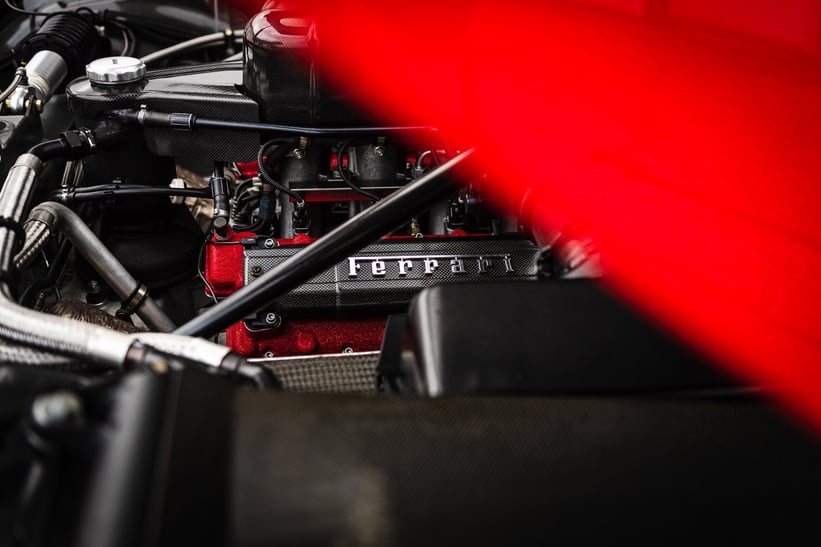

Looking beyond this car’s significance as the ex-factory demonstrator and one of the very first Enzos to ever see the Maranello sunlight, as an aesthetic object we reckon it has matured particularly gracefully. Against the backdrop of Lugano’s industrial area and not the glamorous lakeside façades, the sharp Pininfarina lines and exquisitely judged proportions really ‘pop’. It certainly doesn’t look like an 18-year-old car, does it?
While there’s little to distinguish this Enzo as a prototype (unlike with the pre-production F40s), its significance cannot be overestimated. It’s common knowledge that collectors yearn to own the first and last of something, whether it’s a vintage watch, limited piece of mid-century furniture or red-blooded Italian supercar. As the very first publicly shown tribute to Ferrari, the man who forged the legend of the Prancing Horse and struck fire into the hearts of millions of Ferraristas around the world, this Enzo assumes an almost celestial status.


As Ronnie Kessel, the Lugano-based Classic Driver dealer currently offering this car for sale says, “The Ferrari Enzo is already very special, but this specific car is a different proposition. It’s not only an ex-factory demonstrator and among the earliest cars to leave the line, but it’s also the first homage to Ferrari, the man who made everything happen and who’s considered something of a god in Italy. This is the car that made history, having been presented in 2002 both at Fiorano, by Luca di Montezemolo, Piero Ferrari, Amedeo Felisa and Jean Todt, and at the Paris Motor Show, which was a very important show at the time.”
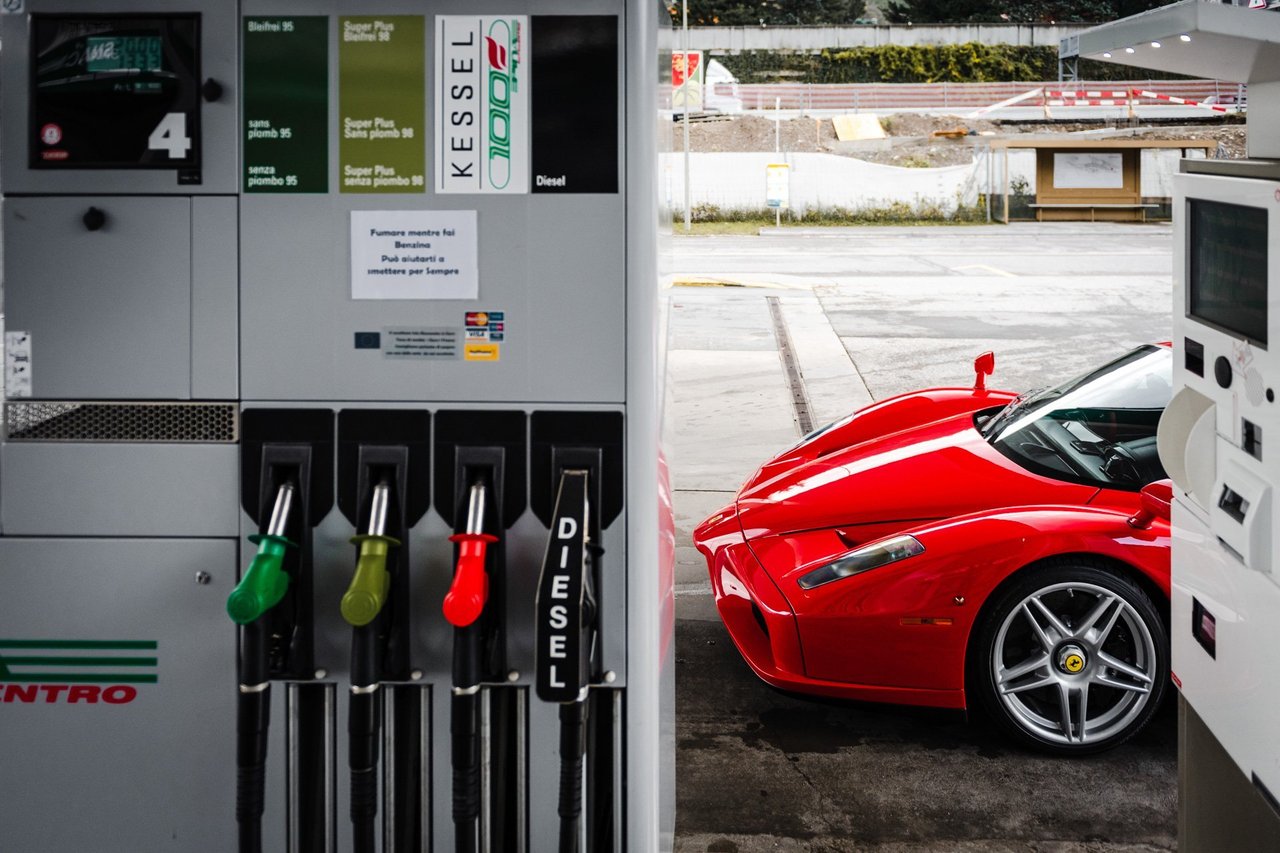


In a world where people crave individuality more than ever, it’s no longer enough to simply have ‘another’ collector car. Nope, if you really want to impress your car-minded friends, you need to own something that can legitimately differentiate itself from the rest. This Ferrari Enzo fulfils that very criteria. “The early-2000s was such a positive time for Ferrari,” concludes Kessel, “and with all its state-of-the-art, F1-derived technology, the Enzo snatched the crown as the king of the supercars. It was thus named after Il Commendatore. If you think about it, that’s a seriously cool talking point indeed.”
Photos: Andrea Klainguti for Classic Driver © 2020






































